Sri Lanka travel guide-Enchanting Charms
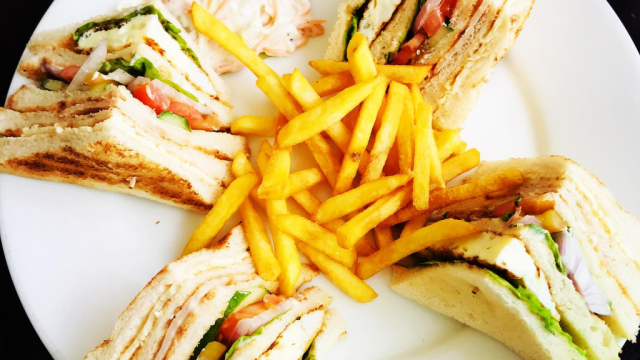
Nestled like a precious jewel in the heart of the Indian Ocean, Sri Lanka stands as a testament to captivating landscapes, rich heritage, and vibrant cultures. From its lush tea plantations to its ancient temples and pristine beaches, this island nation beckons travelers with an irresistible blend of natural beauty and historical allure.Sri Lanka travel guide Sri Lanka’s Breathtaking Landscapes Sri Lanka boasts an astonishing diversity of landscapes within its compact borders. The emerald-green hill country in regions like Nuwara Eliya and Ella entices visitors with its terraced tea plantations, misty mountains, and cascading waterfalls. The sight of tea pickers dotting the hillsides is a picturesque reminder of the country’s colonial past. For those seeking a rendezvous with wildlife, the national parks of Yala and Wilpattu offer thrilling safari adventures. Elephants, leopards, sloth bears, and an array of bird species roam freely in these protected areas, providing an immersive experience in Sri Lanka’s rich biodiversity. Cultural Heritage and Ancient Wonders Sri Lanka travel guide Steeped in history, Sri Lanka is adorned with UNESCO World Heritage Sites that echo tales of its illustrious past. The ancient city of Sigiriya, crowned by a dramatic rock fortress, stands as a testament to ancient engineering and artistry. The frescoes adorning its walls and the mesmerizing views from the summit are perennial favorites among visitors. The sacred city of Kandy, home to the revered Temple of the Tooth Relic, preserves the country’s religious and cultural heritage. The annual Esala Perahera, a grand procession honoring the sacred tooth relic, showcases a vibrant spectacle of traditional dance, music, and adorned elephants, captivating spectators from around the globe. Idyllic Beach Escapes Sri Lanka’s coastline is a canvas of pristine beaches and azure waters. From the bustling shores of Bentota and Unawatuna to the secluded stretches of Mirissa and Tangalle, each beach offers a unique charm. Water sports enthusiasts can indulge in surfing, snorkeling, or diving in the warm waters teeming with colorful marine life.Sri Lanka travel guide. . Culinary Delights and Hospitality The island’s cuisine is a flavorful fusion of spices, influenced by a myriad of cultures. Indulge in a feast of aromatic rice and curry, fresh seafood delicacies, and tropical fruits, tantalizing taste buds with a burst of exotic flavors. Moreover, Sri Lanka’s warm hospitality and the genuine friendliness of its people leave an indelible mark on every traveler. Whether sipping on Ceylon tea in a hillside plantation or engaging in a heartfelt conversation with locals, visitors are embraced with warmth and sincerity. Planning Your Sri Lankan Adventure Sri Lanka travel guide When planning a visit to Sri Lanka, it’s essential to consider the best times to explore different regions due to the country’s varying climates. The dry season from December to March is ideal for exploring the west and south coasts, while the east coast thrives from April to September. From its verdant landscapes to its cultural heritage and warm hospitality, Sri Lanka stands as an inviting destination for travelers seeking an unforgettable experience. With its diverse offerings and timeless allure, this island paradise is sure to leave an indelible mark on the hearts of those who venture to its shores.
Israel-Palestine Conflict: A Simple Explanation
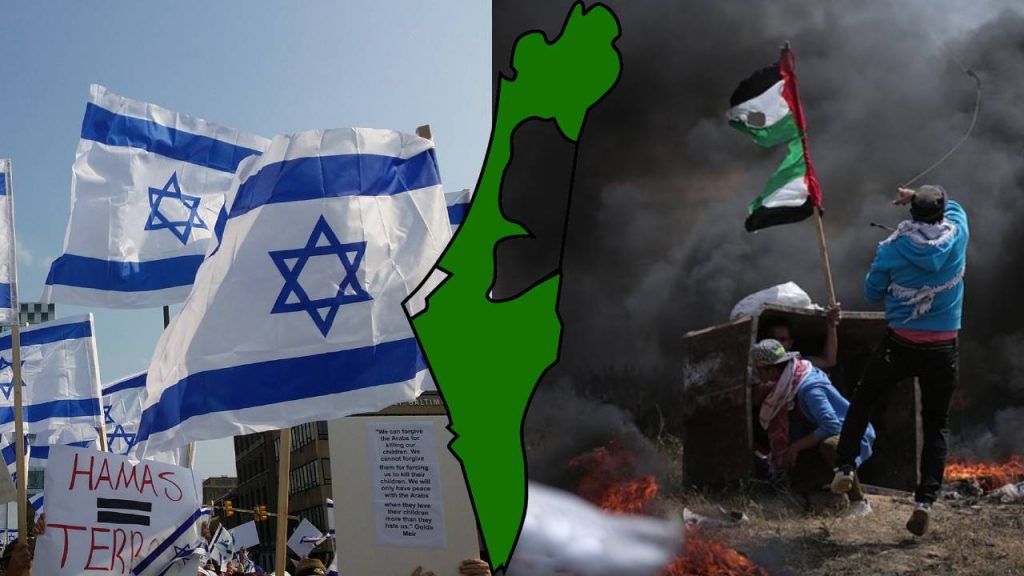
Introduction to Israel-Palestine Conflict The Israel-Palestine conflict is a long-standing and complex issue that has shaped the Middle East for decades. At its core, it revolves around two groups of people, Israelis and Palestinians, who both claim historical and religious ties to the same land. In this article, we’ll break down the conflict in simple terms to help you grasp its key aspects. The roots of the Israel-Palestine conflict date back to the late 19th and early 20th centuries when Jewish immigrants began arriving in the region known as Palestine, then under Ottoman rule. Over time, tensions grew as both Jewish and Arab communities asserted their rights to the land. In 1947, the United Nations proposed a plan to divide Palestine into two states: one for Jews (Israel) and another for Arabs (Palestine). The Jews accepted this plan, but the Arab nations rejected it, leading to a war in 1948, which resulted in the establishment of Israel. The 1948 war, known as the Nakba (Catastrophe), led to the displacement of hundreds of thousands of Palestinian Arabs who fled or were expelled from their homes. Many of them still live as refugees today, and their right to return is a central issue in the conflict. Since 1948, Israel has fought several wars with its Arab neighbors, including the Six-Day War in 1967, which resulted in Israel gaining control of the West Bank, Gaza Strip, and East Jerusalem. These territories are heavily contested and are at the heart of the ongoing conflict. The most widely supported solution to the conflict is the idea of two separate states, Israel and Palestine, living side by side in peace. However, negotiations to achieve this goal have faced numerous challenges, including issues like borders, refugees, and the status of Jerusalem. A major obstacle to peace is the construction of Israeli settlements in the West Bank. These are communities built by Israelis on land that Palestinians claim as their own. Many view these settlements as a violation of international law and a barrier to peace. The conflict has seen its share of violence, including suicide bombings, rocket attacks, and military operations. Both sides have suffered casualties, and these events further fuel hatred and mistrust. The international community, including the United States, has often played a role in peace efforts, but progress has been slow. The conflict remains a deeply emotional and complex issue for those involved. Conclusion The Israel-Palestine conflict is a deeply rooted and intricate problem that defies simple solutions. However, at its core, it’s about two peoples with historical ties to the same land, both seeking their own state and self-determination. Finding a path to peace requires understanding, empathy, and compromise from all parties involved, and the hope for a better future where both Israelis and Palestinians can live in peace and security.
AI technology in Sri Lanka: Empowering the Nation”

Sri Lanka, a picturesque island nation in South Asia, is on the cusp of a technological transformation. One of the most promising drivers of this change is Artificial Intelligence (AI technology in Sri Lanka), a revolutionary technology that has the potential to positively impact various sectors in the country. 1. Healthcare and Medical Advancements AI in Sri Lanka’s healthcare sector has the power to improve patient care and diagnosis. With the implementation of AI-driven medical imaging and diagnostics, hospitals and clinics can provide faster and more accurate assessments. Telemedicine powered by AI can help reach patients in remote areas, ensuring broader access to healthcare. 2. Agriculture and Sustainable Practices Sri Lanka’s economy heavily relies on agriculture. AI can aid farmers by providing real-time data on weather conditions, soil quality, and crop health. This information can significantly enhance crop yields and lead to more sustainable farming practices. 3. Education and Skill Development AI-powered educational tools can help bridge educational gaps and reach students in underserved areas. By personalizing learning experiences, AI can ensure students receive tailored instruction. AI can also play a crucial role in the development of digital literacy and coding skills, preparing the younger generation for future job markets. 4. Environmental Conservation Sri Lanka’s rich biodiversity and stunning landscapes are critical to the nation’s identity. AI can help in monitoring and conserving these natural resources. It can be used to track deforestation, protect endangered species, and predict natural disasters. 5. E-Governance and Efficiency Streamlining government processes through AI can reduce bureaucracy and corruption. Citizens can benefit from faster and more efficient services. Chatbots and AI-driven customer service can also improve the overall experience of interacting with government agencies. 6. Tourism and Hospitality Sri Lanka’s tourism industry can utilize AI to offer personalized travel recommendations and experiences. AI-driven language translation services can bridge communication gaps, making the country even more accessible to international tourists. 7. Financial Services and Inclusion AI can expand access to financial services, particularly in rural areas. AI-driven credit scoring and blockchain technology can promote financial inclusion, allowing more Sri Lankans to participate in the formal economy. 8. Infrastructure and Smart Cities AI can enhance urban planning and traffic management in Sri Lanka’s cities. Smart traffic systems and public transportation solutions can reduce congestion and improve the quality of life for urban dwellers. Challenges and Considerations While AI has immense potential in Sri Lanka, it also brings challenges. These include concerns about data privacy, job displacement, and ensuring that AI benefits all segments of the population, including those in remote and underprivileged areas. In conclusion, AI is poised to transform Sri Lanka by enhancing various sectors of the economy and improving the quality of life for its citizens. Careful planning, investment in AI infrastructure, and a focus on ethical AI development are crucial for realizing the full potential of this technology in Sri Lanka. The nation’s embrace of AI promises a brighter, more innovative future.
Sri Lanka Cricket: A Glorious Legacy of Excellence
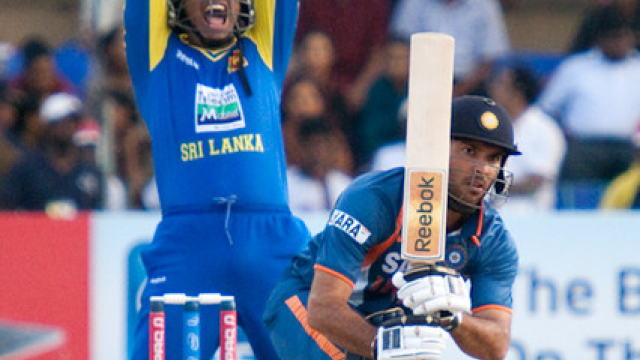
Sri Lanka, a small island nation in South Asia, has made an indelible mark on the world stage through its passion for cricket. Over the years, the country has produced some of the finest cricketers in the world and has a rich history of success in international competitions. In this article, we’ll delve into the remarkable journey of Sri Lanka cricket, highlighting its achievements, its challenges, and its promising future. Sri Lanka’s Rise to Prominence: Sri Lanka’s love affair with cricket began in the early 19th century when the British colonial rulers introduced the sport to the island. However, it wasn’t until 1981 that Sri Lanka was granted full Test status by the International Cricket Council (ICC). The journey to becoming a cricketing powerhouse was marked by several milestones: Challenges Faced: Despite its remarkable successes, Sri Lanka cricket has faced its fair share of challenges. These include: A Promising Future: Sri Lanka cricket is far from being written off. The island nation has a strong cricketing infrastructure in place and a pool of talented young players. There are several factors that bode well for its future: Sri Lanka cricket, with its glorious past and potential for a bright future, remains an integral part of the global cricketing landscape. While challenges have tested the resolve of this cricketing nation, its rich history and enduring passion for the sport continue to make it a force to be reckoned with. As Sri Lanka cricket looks forward to new horizons, fans can only hope for a resurgence of the team’s past glory on the international stage.
Who is Thileepan in Sri Lanka?
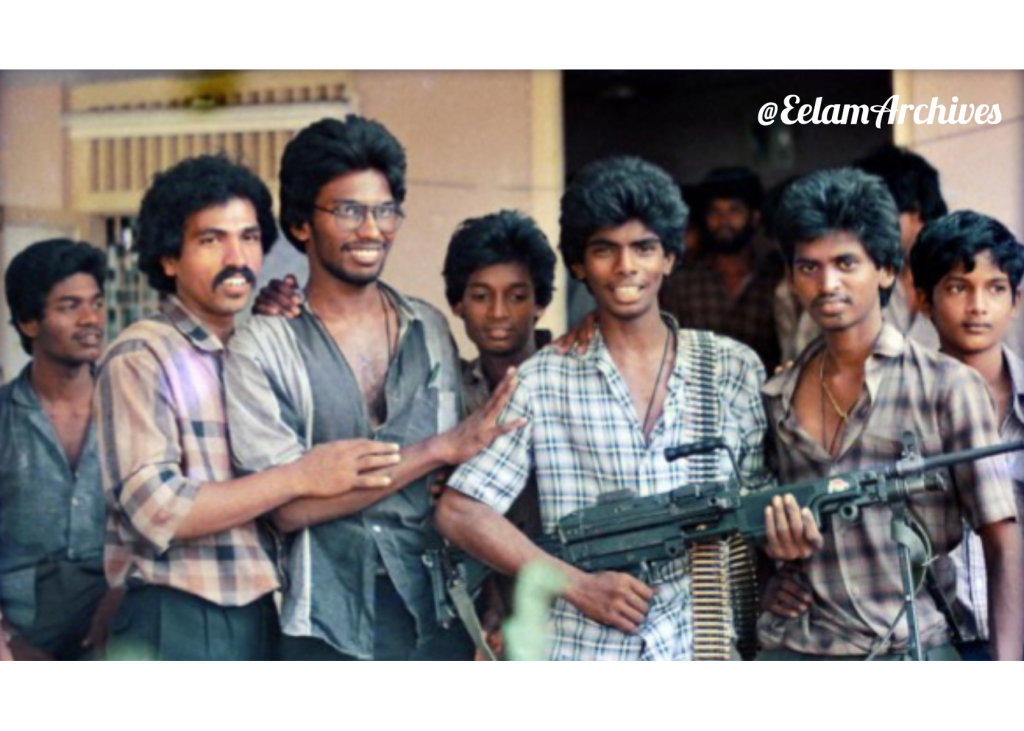
Who is Thileepan in Sri Lanka? According to Wikipedia Thileepan’s Original Name is Rasaiah Parthipan and he was born on 29 th of November was from Urelu near Urumpirai in North Sri Lanka. 1963 and died on 26 September 1987 while on a hunger strike.He was a member of the Liberation Tigers of Tamil Eelam. Where did Thileepan Lived? Thileepans father was a Tamil teacher and mother died when Thileepan was three months old.After the death of his father he was brought up by his three elder brothers.He studied at Jaffna Hindu College and went to the University of Jaffna for his higher studies. Was Thileepan a member of LTTE? Thileepan Joined LTTE prior to the 1983 Black July anti- Tamil Riots.After his stomach injured during the Vadamarachchi Operation, he became a political leader for LTTE. As tensions escalated in northern Sri Lanka, the LTTE submitted a letter to the Indian High Commissioner on September 13, 1987, outlining five demands. These demands included the following: The LTTE directed these demands towards the Indian government, as they believed that Indian intervention could compel the Sri Lankan government to comply. Despite granting the Indians a 24-hour deadline, the LTTE received no response or acknowledgment. How did Thileepan die? Thileepan, a member of the LTTE, began a hunger strike on September 15, 1987, in front of Nallur Kandaswamy Temple, with the aim of pressuring the Indian government to meet the group’s demands. Thileepan’s speeches were broadcast on Nidharsanam, the LTTE’s television station, and people from all over Jaffna peninsula came to observe and participate in the hunger strike. On September 22, 1987, Indian High Commissioner J. N. Dixit arrived at Palaly Airport and was met by LTTE leader V. Prabhakaran, who wanted Dixit to go and see Thileepan. Dixit, however, wanted a written guarantee from Prabhakaran that Thileepan would end his hunger strike if Dixit met with him, but Prabhakaran couldn’t give the guarantee. As Thileepan’s condition deteriorated, he stopped giving speeches. After refusing food or water for 12 days, Thileepan died on September 26, 1987. A “martyr’s funeral” was held in Jaffna, and Thileepan’s body was handed over to the University of Jaffna’s medical faculty. Resources – Wikipedia *Lankan.org does not support any Terrorist group. Just a reporting
Galle travel guide:10 places you must visit in Galle Sri Lanka,

Sri Lanka, with its tropical beaches, lush jungles, and rich history, has always been a traveler’s paradise. Nestled on the southwestern coast of this beautiful island nation lies Galle, a city that effortlessly weaves together the strands of history, culture, and natural beauty. In this article, we embark on a journey through Galle, exploring its ancient fortifications, charming streets, and serene beaches. Galle Fort: A Living Museum Our adventure begins within the walls of Galle Fort, a UNESCO World Heritage Site that transports visitors back in time to the days of Dutch colonial rule. This well-preserved fortification is a testament to the city’s rich history, featuring cobblestone streets, ancient ramparts, and colonial-era buildings. As you stroll along these historic streets, you’ll encounter boutique shops, art galleries, and cafes housed in centuries-old structures. The scent of spices and the sound of waves crashing against the fort’s walls create a sensory experience like no other. The Iconic Galle Lighthouse Standing tall within the fort is the Galle Lighthouse, an iconic structure that offers panoramic views of the Indian Ocean and the city below. As you climb to the top, you’ll be rewarded with breathtaking vistas, making it an ideal spot for capturing those Instagram-worthy moments. Dutch Reformed Church: A Spiritual Gem A short walk from the lighthouse will lead you to the Dutch Reformed Church, an architectural marvel that dates back to the Dutch colonial era. Its stark white exterior and serene interior make it a place of quiet reflection amidst the bustling fort. Galle International Cricket Stadium: A Sporting Oasis For cricket enthusiasts, a visit to the Galle International Cricket Stadium is a must. This picturesque venue, surrounded by lush greenery and the backdrop of the historic fort, offers a unique atmosphere to catch an exciting match. A Journey to Serenity: Unawatuna Beach Leaving the fort behind, venture to Unawatuna Beach, a pristine stretch of golden sand lined with palm trees. It’s the perfect place to unwind, swim in the crystal-clear waters, or soak up the sun. The calm, turquoise bay is ideal for swimming and water sports, making it a family-friendly destination. Japanese Peace Pagoda: A Spiritual Retreat A short drive from Galle takes you to the Japanese Peace Pagoda on Rumassala Hill. This Buddhist stupa not only provides spiritual solace but also offers incredible panoramic views of Galle and the surrounding coastline. The hike up to the pagoda is a rewarding adventure in itself. Conclusion: Galle’s Timeless Allure As you explore the rich tapestry of Galle’s history, culture, and natural beauty, you’ll find that this city encapsulates the essence of Sri Lanka. Galle is more than just a travel destination; it’s a journey through time, a sanctuary of tranquility, and a testament to the enduring allure of this beautiful island nation. Whether you’re a history buff, a nature lover, or simply seeking a peaceful escape, Galle has something special to offer every traveler. So, pack your bags, embark on this captivating journey, and discover the timeless charm of Galle, Sri Lanka. Image by lapping from Pixabay
Five Facts About the Easter Bombings in Sri Lanka!

The Easter bombings in Sri Lanka that occurred on April 21, 2019, shocked the world and left a profound impact on the nation. This coordinated series of terrorist attacks targeted churches and hotels, resulting in a significant loss of life and widespread fear. Here are five crucial facts about the Easter bombings in Sri Lanka that shed light on this tragic event. The Easter Sunday bombings in Sri Lanka targeted several locations across the country. Three churches, including St. Anthony’s Shrine in Colombo, St. Sebastian’s Church in Negombo, and Zion Church in Batticaloa, were attacked during Easter morning services. Additionally, three high-end hotels in the capital city of Colombo, the Shangri-La, Cinnamon Grand, and Kingsbury Hotel, were also targeted. These coordinated attacks were designed to inflict maximum damage and casualties. The Easter bombings in Sri Lanka resulted in a devastating loss of life. The attacks killed over 250 people and injured hundreds more, making it one of the deadliest acts of terrorism in the country’s history. The victims included both Sri Lankan citizens and foreigners who were attending Easter services or staying at the targeted hotels. The attacks left countless families shattered and communities in mourning. In the aftermath of the bombings, it was revealed that a local Islamist extremist group called National Thowheed Jama’ath (NTJ) was responsible for carrying out the attacks. The NTJ had previously come to the attention of authorities due to its extremist views and activities. The group’s involvement raised concerns about the rise of radicalism in Sri Lanka and the potential for further violence. Investigations into the Easter bombings revealed that the attackers had international connections. It was discovered that the group had received support and guidance from a global terrorist organization, ISIS (Islamic State of Iraq and Syria). This international link underscored the need for countries worldwide to cooperate in the fight against terrorism and to address the global reach of extremist ideologies. The Easter bombings had far-reaching repercussions for Sri Lanka. In the immediate aftermath, the government imposed a state of emergency, and security measures were heightened across the country. The attacks also had a significant impact on tourism, a crucial sector of the Sri Lankan economy. The government faced criticism for its handling of intelligence and security prior to the bombings, leading to political upheaval and changes in leadership. Conclusion The Easter bombings in Sri Lanka were a tragic event that highlighted the global nature of terrorism and the need for increased cooperation in counterterrorism efforts. The loss of innocent lives and the widespread fear and sorrow caused by these attacks serve as a reminder of the ongoing challenges posed by extremism and the importance of addressing its root causes. Sri Lanka continues to heal from the scars of this event and work towards a more secure and peaceful future.
10 Best Sri Lankan Foods You Should Try
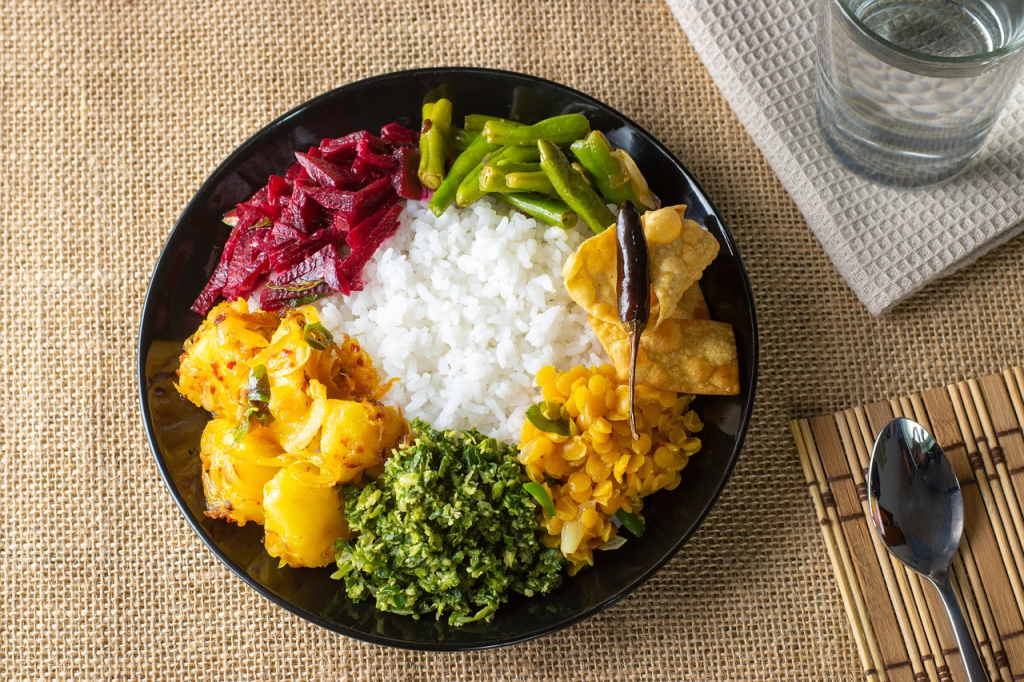
Sri Lanka, a jewel in the Indian Ocean, is not just famous for its breathtaking landscapes and warm hospitality; it’s also a haven for food enthusiasts. The island’s culinary delights offer a kaleidoscope of flavors, blending spices, fresh ingredients, and traditional cooking methods. In this gastronomic journey, we will explore the ten best Sri Lankan foods that deserve a spot on your must-try list. 1. Rice and Curry: A meal that epitomizes Sri Lankan cuisine, “rice and curry” is a tantalizing blend of aromatic rice served with an array of curry dishes. These curries can feature chicken, fish, beef, or even vegetarian options, all seasoned with a delightful mix of spices and coconut milk. 2. Hoppers (Appa): For breakfast or any time of the day, hoppers are a unique and delicious choice. These bowl-shaped rice flour pancakes have crispy edges and a soft center, making them perfect for scooping up dhal (lentil curry) or sambols. 3. Kottu Roti: A dish as entertaining as it is delicious, kottu roti is a popular street food. It involves chopped-up roti (flatbread) stir-fried with vegetables, egg, and your choice of meat or seafood, all seasoned with spices and curry sauce. 4. Lamprais: Lamprais is a testament to Sri Lanka’s cultural diversity. Dutch Burgher cuisine meets Sri Lankan flavors in this dish, where a mixture of meat, vegetables, and rice is baked in a banana leaf packet for a harmonious culinary experience. 5. Deviled Dishes: If you’re a fan of spicy food, you’ll love Sri Lankan deviled dishes. Deviled chicken, fish, or even mushrooms are cooked with a fiery blend of chili, onions, and capsicum, delivering an explosion of flavors. 6. String Hoppers (Idiyappam): A favorite for breakfast or dinner, string hoppers are delicate, thin rice noodles that are steamed to perfection. They are traditionally served with dhal and coconut sambol for a wholesome meal. 7. Pol Sambol: Pol sambol, or coconut sambol, is a zesty condiment that accompanies many Sri Lankan dishes. It’s made with grated coconut, red chili flakes, lime juice, and onions, adding a kick to your meal. 8. Fish Ambul Thiyal: Fish lovers rejoice with this tangy and spicy dry fish curry. Tamarind and goraka (a local fruit) impart a unique sour flavor that makes fish ambul thiyal an unforgettable experience. 9. Wattalappam: To satisfy your sweet tooth, indulge in wattalappam, a rich custard-like dessert made with jaggery, coconut milk, and spices. Its sweet, warm flavors are the perfect ending to a hearty meal. 10. Sri Lankan Roti: Whether stuffed with a savory filling or enjoyed plain, Sri Lankan roti is a versatile flatbread made from wheat or rice flour and coconut. It pairs wonderfully with curries or can be a satisfying snack on its own. Conclusion: Sri Lanka’s culinary landscape is as diverse as its geography. From fiery deviled dishes to the comforting simplicity of rice and curry, this list of ten must-try Sri Lankan foods is just the beginning of your culinary adventure on this enchanting island. So, the next time you’re in Sri Lanka, be sure to explore the local flavors and savor these delicious dishes that will leave your taste buds wanting more.
Revo Advertising Bags a Special Jury Award at the SLIM SMEDA

Head of Business & Creative Director of Revo – Revolution Advertising Mr. Revo Pathum Weeramanthri receiving the Jury Award at the SLIM SMEDA. Revo – Revolution Advertising, one of the accredited marketing communication and advertising agency (www.revo.lk) was the proud winner of Special Jury Award in Service Category, at the Small and Medium Enterprise Development 2022 Awards (SMEDA). The majestic annual event of awards ceremony organized by Sri Lanka Institute of Marketing (SLIM) was held at Colombo, Monarch Imperial. Revo Advertising, an accredited advertising agency in Sri Lanka, provides marketing and advertising services (ATL advertising) in international standards.Revo advertising is rapidly gaining ground offering a full range of advertising related services including ideas, concept development, audio – video production, graphic designing, logo designing, social media marketing, drafting media releases, content marketing, writing and translation services (Sinhala, Tamil, English and Arabic), web designing and app development. Revo Advertising is pleased to have an experienced and expert staff who have worked with world-renowned brands. “Working on the theme that ‘It is our business to revolutionize your business’, we have already revolutionized many businesses. Best Entrepreneur 2020 Gold Award for proving revolutionary excellence and receiving such a special award is a great testimony to our success. In 2022, Revo Advertising was set to expand its business to Dubai and the United States of America. Furthering our mission, our website (www.revoadvertising.com) features marketing awareness articles relevant to university students and clients. In this great moment, we would like to express our special thanks and gratitude to the staff of Revo, our valued clients and business partners who have supported for this great achievement” Head of Business & Creative Director of Revo – Revolution Advertising Mr. Revo Pathum Weeramanthri stated.
State TV Channel handed over to Lyca owned network?

Sri Lankan media circles were jolted by a recent development that saw the government surreptitiously transfer control of one of the nations most loved state TV channels, to one of the most controversial private players on the media scene in Sri Lanka. In what is seen as one of the most draconian decisions taken by any government in the recent past a national TV channel with ‘Island wide frequencies’ has been parceled out to a private business entity. LYCA mobile owner Alirajah Subaskaran, who is a very controversial businessman with allegations of bribery, money laundering etc, took control of Swarnavahini from the EAP Group during the last regime, under the Premiership of Ranil Wickramasinghe. This time around, the media industry was stunned to learn that CHANNEL EYE, a state TV organization under the Rupavahini Act, was parceled out without so much as a whisper, to Lyca. The deal smacks of an inside deal and political favor’s, according to many industry observers who also note that it is completely illegal. TRC regulations demand a very strict and stringent process of frequency allocation, but in this case, the govt has handed over multiple frequencies to one single owner, without an open tender or following govt procedure. Legal action against this move is expected in the coming months by a number of organizations, citing a lack of due process and illegal transfer of frequencies of a national broadcaster that is administered under the Rupavahini Act of the Sri lankan Parliament. In 2010, a similar channel take over resulted in the creation of CSN, a sports channel, operated by entities close to the then govt. The channel collapsed following the fall of the government and those connected to the channel were investigated and some served jail terms. Sources https://www.theguardian.com/money/2020/feb/02/major-tory-donor-lycamobile-embroiled-in-three-disputes-with-hmrc Lycamobile is currently being investigated for money laundering in the UK Lycamobile’s Offshore Empire Is Embroiled In Sri Lanka’s Hunt For Stolen Assets https://www.buzzfeed.com/janebradley/lycamobiles-offshore-empire-is-embroiled-in-corruption-probe
